Step-by-step guide for Exchange 2013 to 2019 migration
Aftab Alam
 |
Updated On - April 23, 2024
|
Updated On - April 23, 2024
Read time: 7 minutes
Exchange Server 2019 has brought a new set of features and several changes to its environment. The changes have contributed in making it safer and adaptable. Its main objective is to help businesses seeking to shift their focus from communication to collaboration. The overall price of maintaining an on-premises Exchange Server 2019 is also reduced substantially than other current versions. Instead of complex network rules and firewalls, the administration within the Exchange Server 2019 comes with the Client Access Rule.
The search features created for Exchange Online are now part of Exchange 2019, which helps in indexing larger files, provides easier management, and faster search. Outlook Web App is now known as ‘Outlook on the Web’ making Exchange available on all web browsers.
| Components | Supported Operating Systems |
|---|---|
| Mailbox and Edge Transport server roles. | Windows Server 2019 Standard or Datacenter. |
| Disk Space | At least 30 gigabytes |
| Memory | Mailbox: 128 Gigabyte minimum.
Edge Transport: 64 Gigabyte minimum. |
| Processor | Intel processor that supports 64-bit architecture.
AMD processor that supports 64-bit architecture. |
| Paging file size | 25% of the installed memory |
| Screen resolution | 1024 x 768 pixel |
| File System | NTFS, ReFS |
Exchange 2019 support multiple email clients which include:
It is strongly recommended that the .NET framework be the latest one – either Framework 4.8.1, 4.8 or 4.7.2.
After ensuring the hardware components per the requirement for Exchange Server 2019, you can use the Microsoft Exchange Server Deployment Assistant. It is a free tool that provide customized checklists that will assist you in streamlining the installation.
Once you’ve fulfilled all the requirements for moving to Exchange 2019, go to Microsoft’s Download Center page and download the Exchange Server 2019. After downloading the installation file, click on setup.exe to run as administrator, and the installation wizard will open.
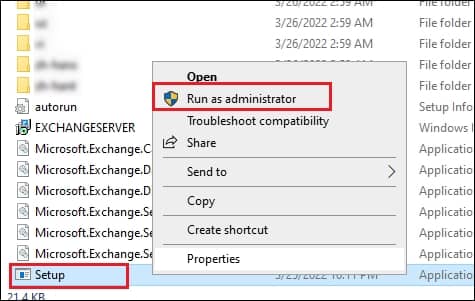
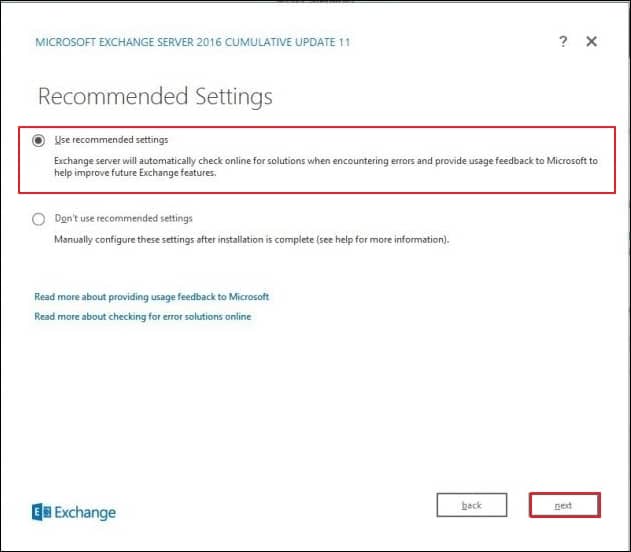
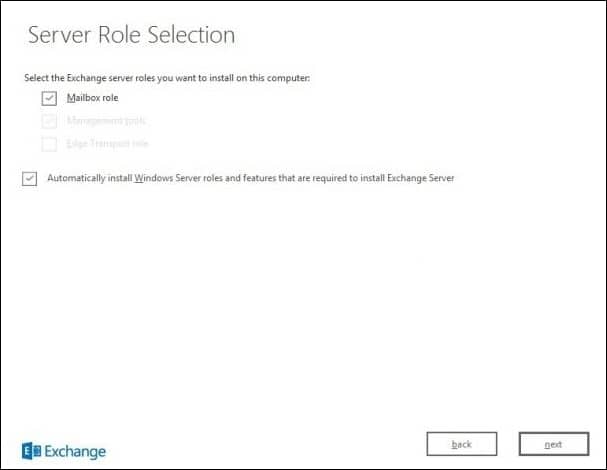
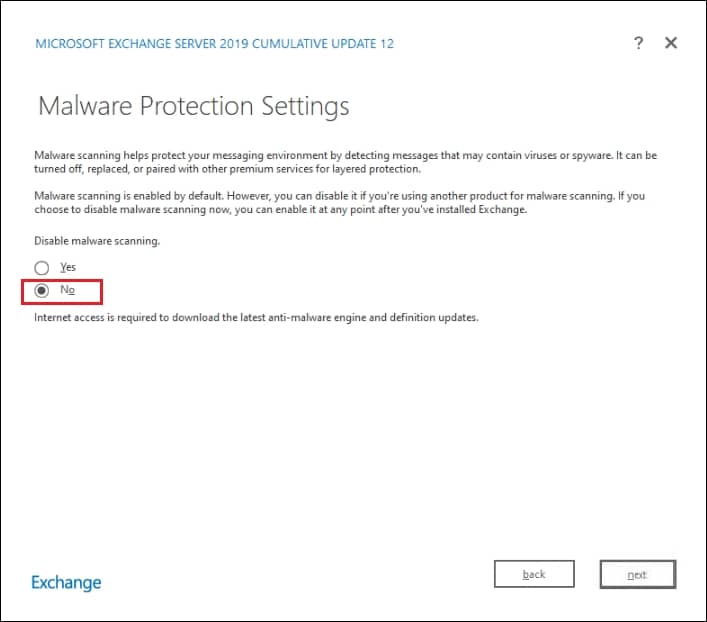
After installing Exchange 2019, you have two servers in your environment, and your next requirement is to migrate from the older 2013 to the new 2019. You can complete the process in Exchange Admin Center by migrating the mailboxes-
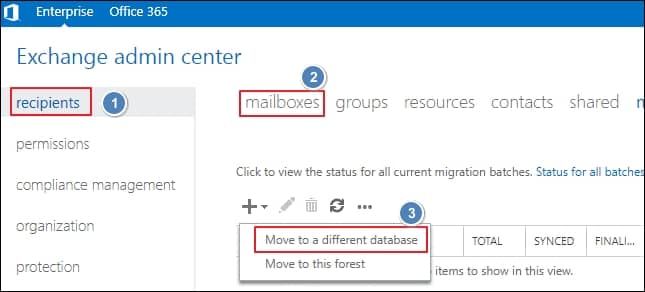
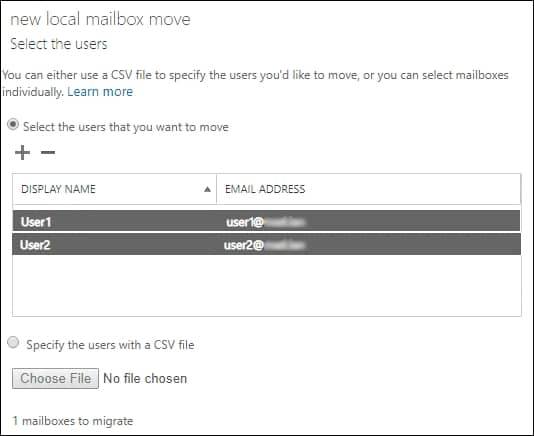
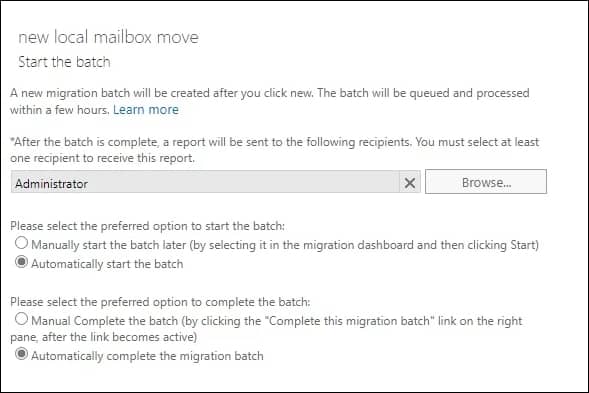
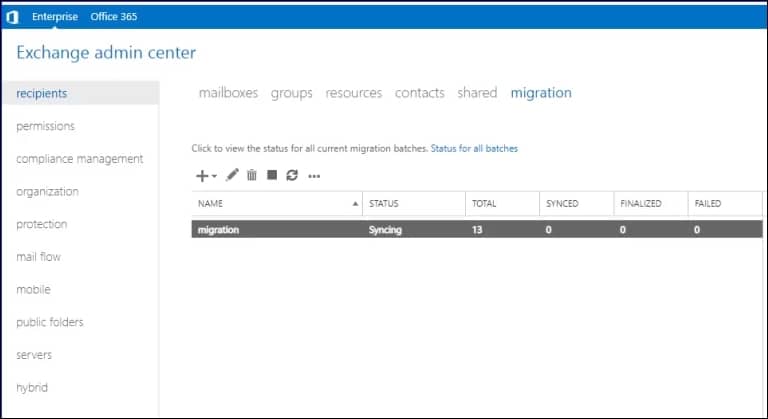
There will be a small delay in synchronization between the mailboxes as Active Directory replication may connect with their mailboxes depending on the location of the Exchange Server. After Active Directory syncs with the account completely, then you can further move mailbox in Exchange 2019 from 2013 again.
The manual migration from Exchange Server 2013 to 2019 may take much time to move large mailboxes and databases. Apart from the Exchange Migration methods, you can also choose from the professional software available to migrate mailboxes. Kernel Migration for Exchange is an efficient Exchange migration tool that can migrate mailboxes between any version of Exchange Server. You can apply filters and schedule the migration as per your convenience.
It also includes pre-migration analysis that will inform you about the possible outcomes of the migration procedure. It also provides a complete migration report after successful completion.
What are the requirements for migrating to Exchange 2019?
When you plan to migrate from older versions of Exchange Server to Exchange 2019, there are certain hardware and software requirements that you need to follow. It includes but not limited to:
What are the possible concerns if we use Exchange 2013?
Since Microsoft has ended the support for Exchange Server 2013, there will be no new feature update or bug fixes from their end. This means if due to any reason, you encounter data loss, corruption, or any other issue, one should expect no support from Microsoft’s end. This is why it’s important to move to update version of Exchange for receiving continuous support and efficiency.
What’s new in the upgraded Exchange 2019 from Exchange 2013?
There are several differences between Exchange Server 2013 and 2019. Some of them are listed below:
I was confronted with a problem working with Exchange Server 2013, and due to a support problem with the connection, I switched to the Exchange Online version. I am a pleased user of this incredible kernel swap migration software.